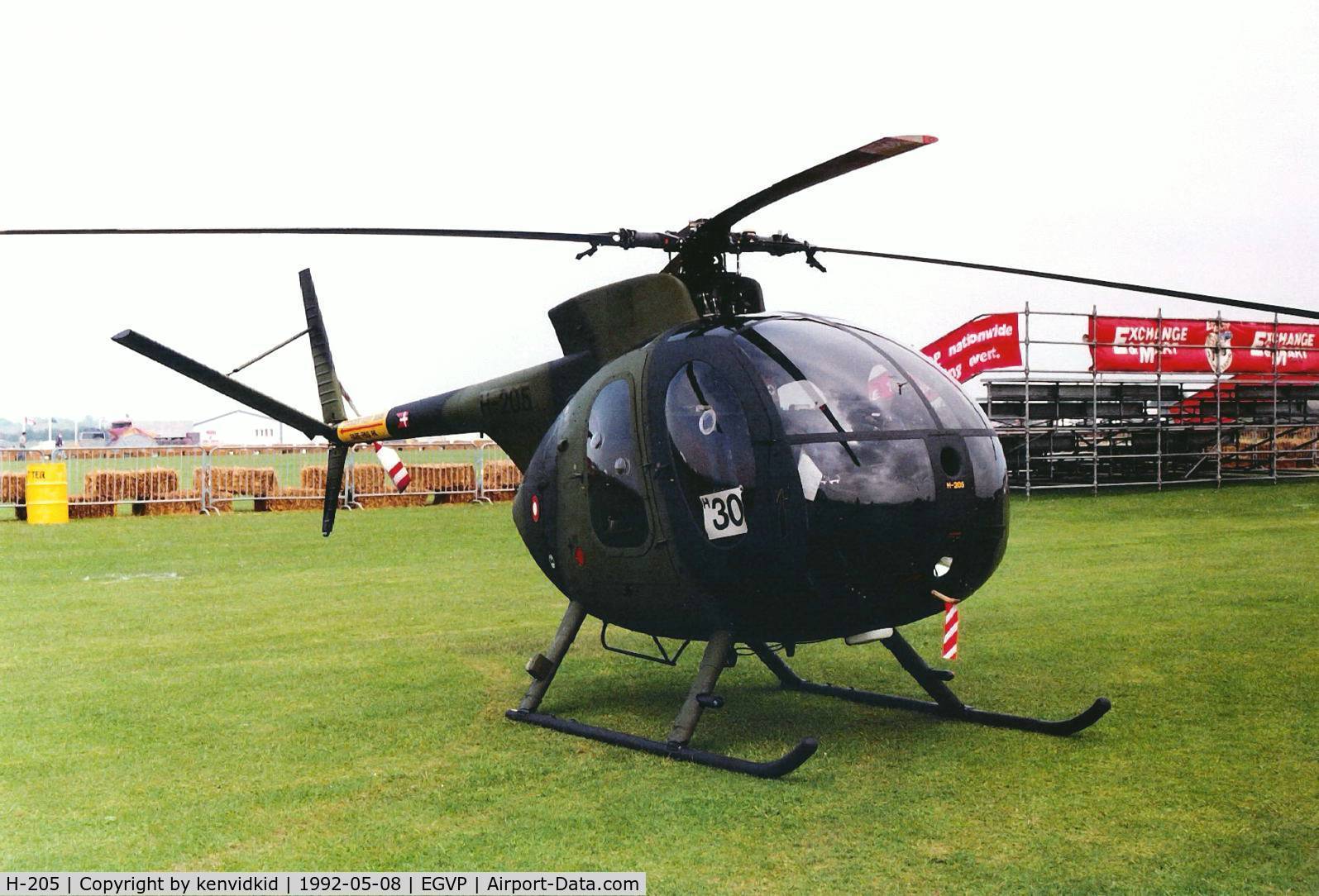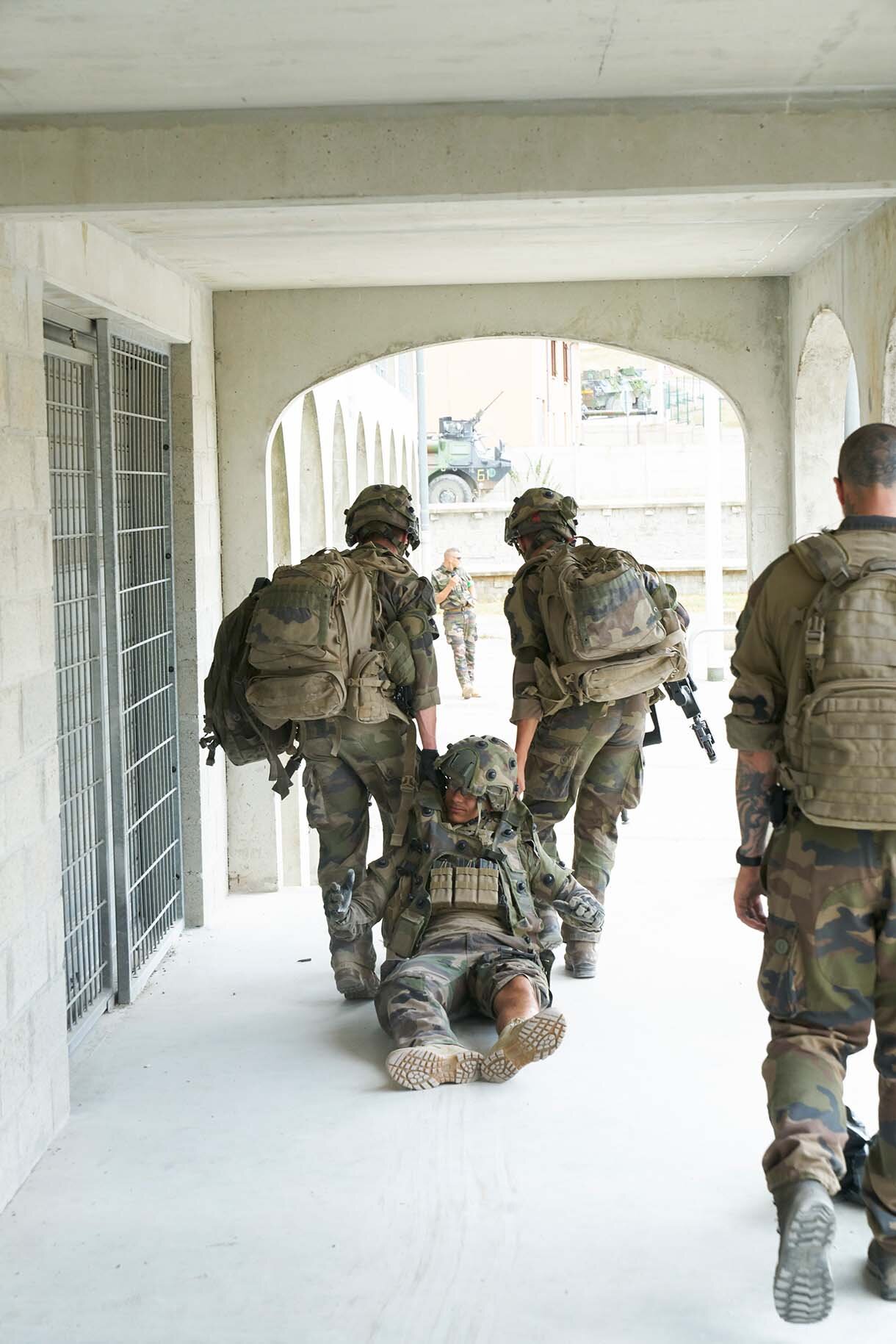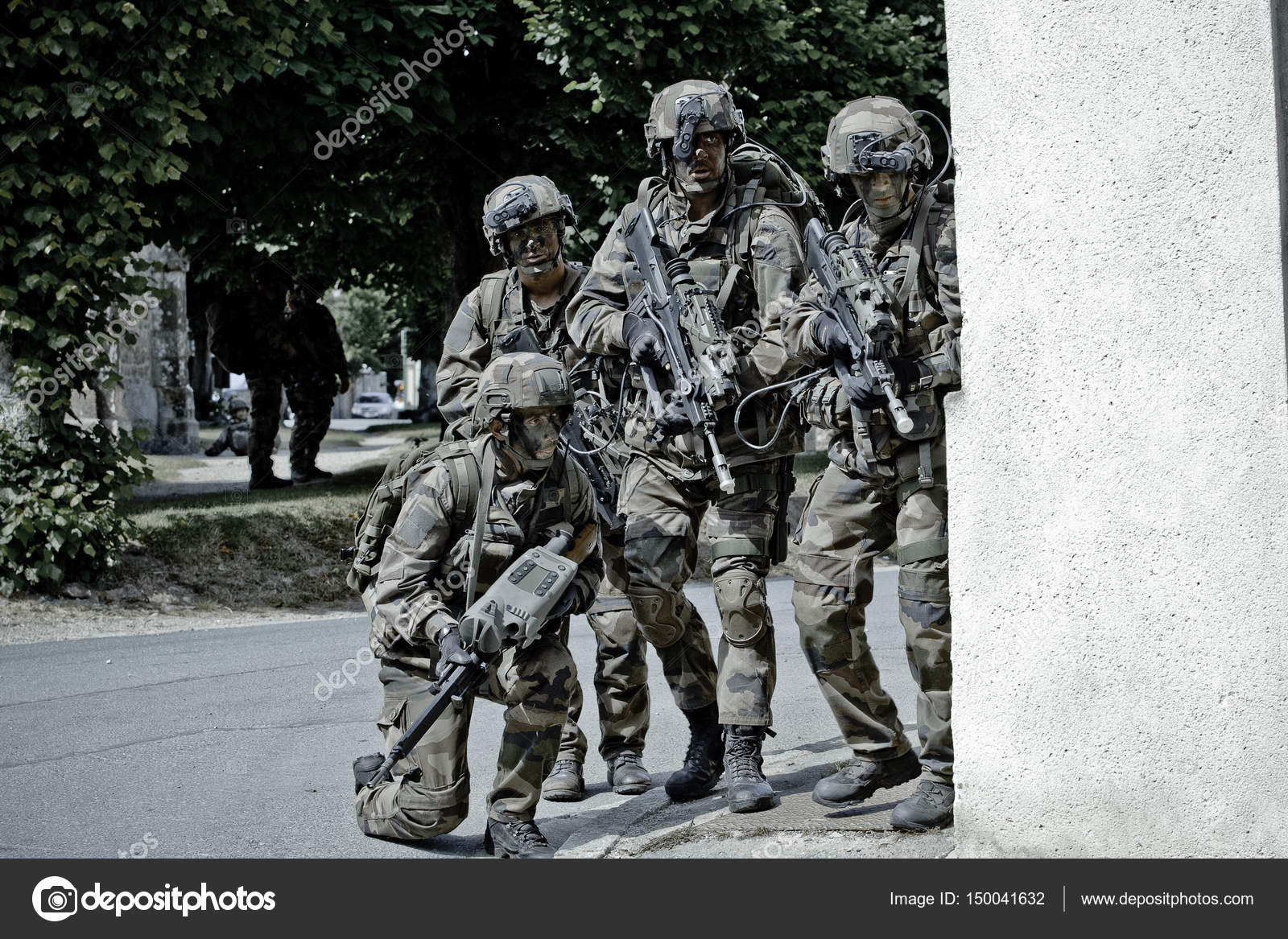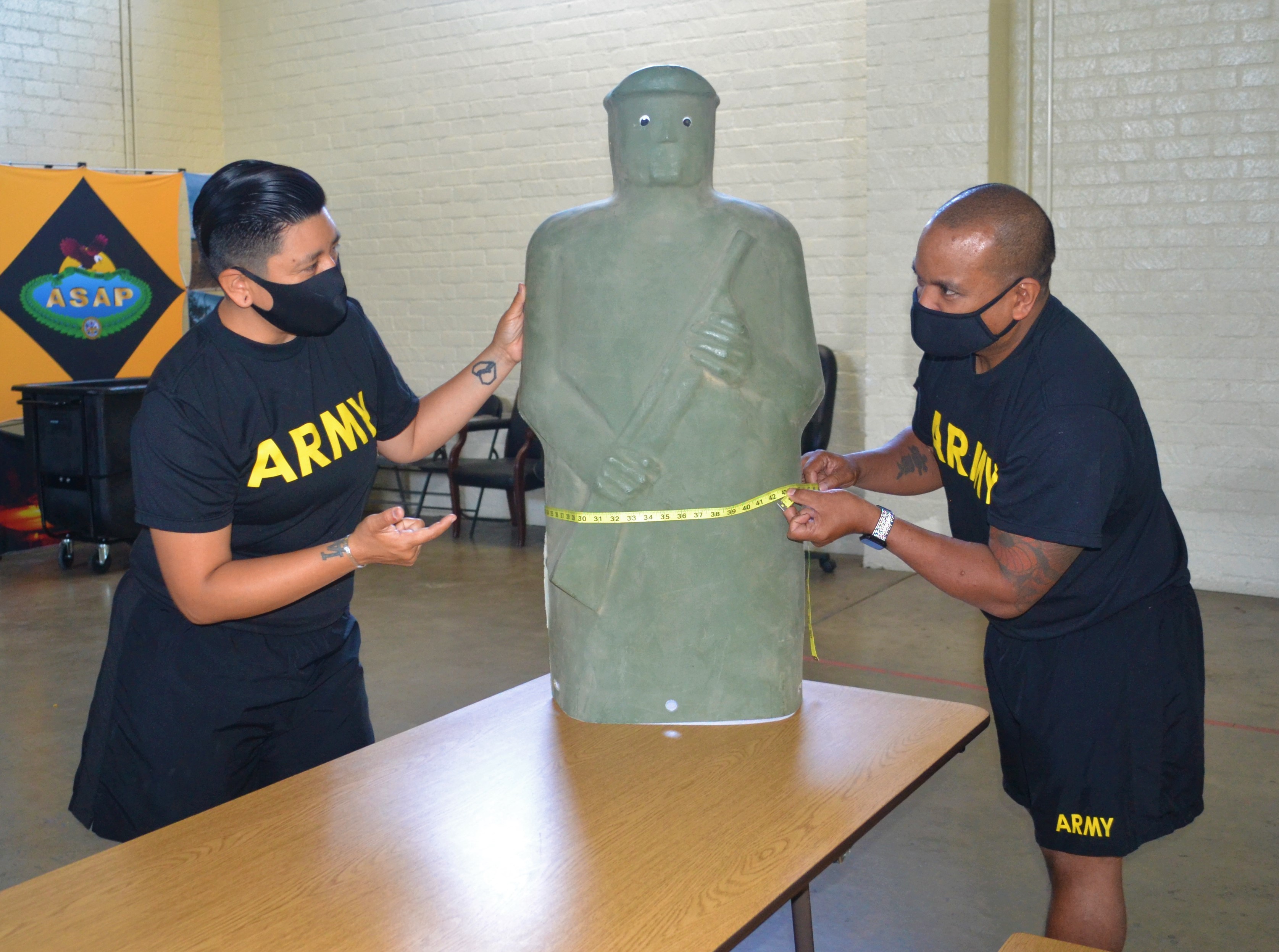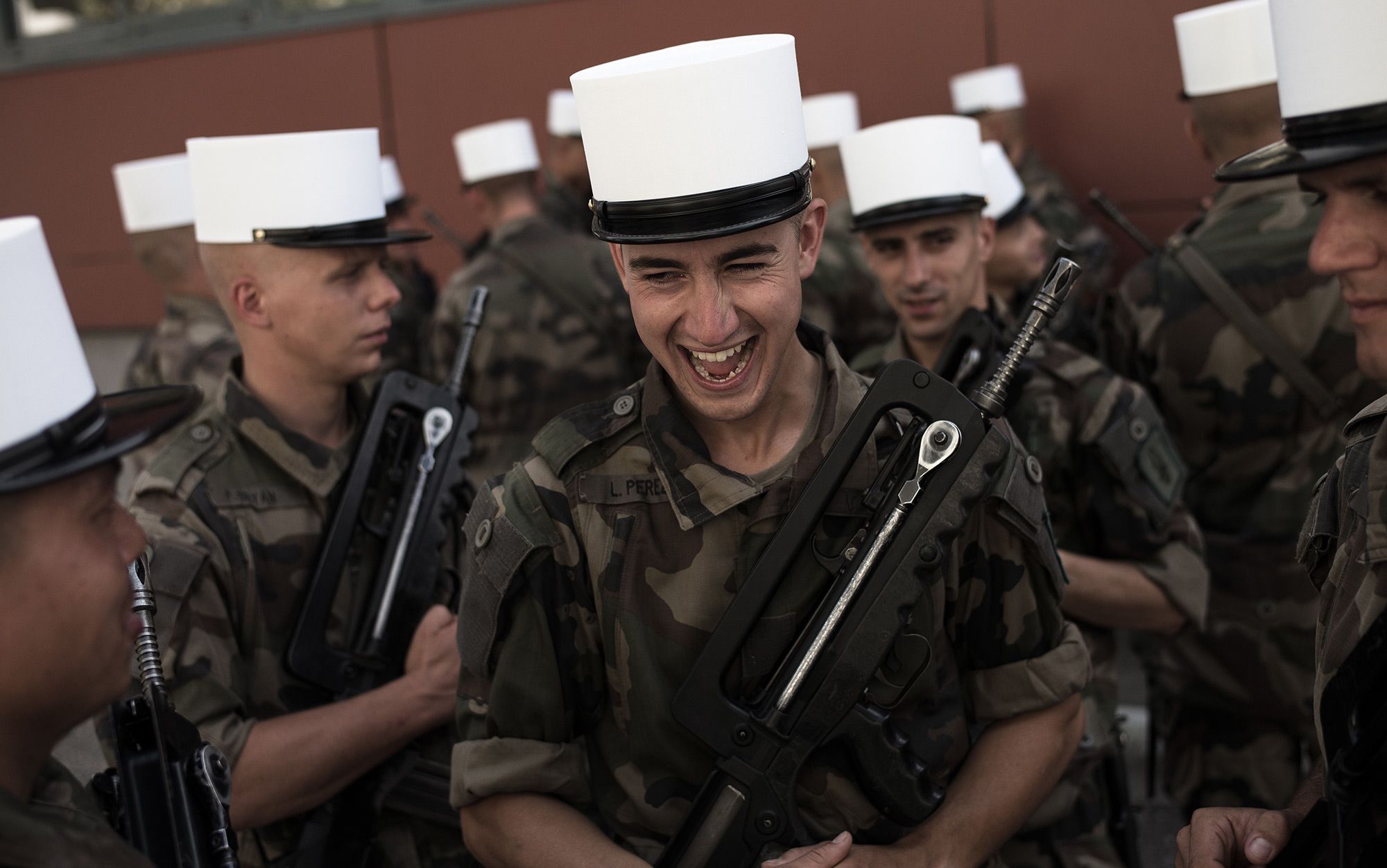Ha 420 Aircraft - The Honda HA-420 HondaJet is the first aircraft developed by Honda Aircraft. M-HNDA owned by Marshall Aircraft Sales in the UK
The Honda HA-420 HondaJet is the first aircraft developed by Honda Aircraft. The light business jet was designed in Japan, then developed and manufactured in Greensboro, North Carolina, USA. Designer Michimasa Fujino sketched the HondaJet in 1997, and the concept was locked in 1999. Boeing wind tunnel testing proved proof of concept in 1999. The version of the HondaJet, which was reviewed (but not ready for production), flew for the first time on December 3 2003 at Piedmont Triad International Airport in Greensboro, North Carolina, USA. Honda approved the commercial development of the HondaJet in 2004. The HondaJet made its world debut on July 28, 2005 at the annual EAA AirVenture Oshkosh Air Show. On July 25, 2006, at that year's Airventure, Honda announced that it would commercialize the HondaJet. The first FAA-compliant HondaJet (built to FAA regulations) made its maiden flight on December 20, 2010. The maiden flight of the first production HondaJet took place on June 27, 2014 and was unveiled at this year's AirVenture on July 28. . Since 2015, four HondaJet aircraft have completed 2,500 flight test hours. The HA-420 program itself is plagued by delays. The original planned certification date was "End 2010", but in spring 2009 it was pushed back by a year. In May 2010, the expected date of certification is the end of 2012. The program was postponed several more times. The HondaJet received an "FAA Interim Certification" in March 2015, allowing production and demonstration flights to proceed, but no customer deliveries. The aircraft was type-certified by the FAA in December 2015. HondaJet toured Japan and Europe in 2015, and the type was certified by the European Aviation Safety Agency (EASA) in May 2016. Honda delivered the first aircraft to a customer on December 23, 2015 at its world headquarters in Greensboro, North Carolina. HondaJet's first delivery to a European aircraft dealership was in April 2016. M-HNDA owned by Marshall Aircraft Sales, UK
Ha 420 Aircraft

Available for editorial and personal use only. Please contact us for commercial use. You may use this image in editorial media and personal use only. Editorial media includes use as a visual reference to an article, story, critique, or educational text. Personal Use allows you to create one personal print, card or gift for non-commercial use. Not for resale. It should not be used for commercial purposes related to advertising, marketing, promotion, packaging, promotional materials, and consumer or merchandising products.
Wait For Hondajet To Reach The Skies Is Over
Get an instant quote at one of our industry leading prices. Phone +44 (0)1235 844600 or email sales@
Airplane aviation airshow airstairs airplane plane airshow airstairs arms trade aviation biz jet bizjet british business business jet trade copy space copyspace england enterprise executive director jet show farnborough farnborough international fia airshow fia 16gb uk honda is honda honda jet industry marshall airplane airplane private jet exhibition space for trade fair copy technology travel uk uk. United Kingdom The Honda HA-420 HondaJet is a light business jet manufactured by the Honda Aircraft Company of Gresboro, North Carolina, United States. The original concepts for the aircraft began in 1997 and were completed in 1999. It began its official flight on December 3, 2003, received FAA type certification in December 2015, and was first delivered the same month. 200 aircraft have been delivered by 2021.
The seven-to-eight-seat aircraft has a composite fuselage and aluminum wing, and is powered by two GE Honda HF120 turbofans mounted on pylons above the wings. It can cruise at 420 knots (780 km/h) and has a range of 1,400 nautical miles (2,600 km). The HondaJet has received several awards for aerospace design and innovation.
Honda began exploring small business jets in the late 1980s using engines from other manufacturers. The Honda MH01 turboprop engine had an all-composite construction,
Photos: Ha 420 Hondajet
And the Honda MH02 was manufactured and assembled at the Rospet Flight Research Laboratory at the University of Mississippi in the late 1980s and early 1990s. The MH02 was a prototype using carbon fiber and epoxy resin composite materials, and was the first light business jet to fly entirely.
Designer and company founder Michimasa Fujino began sketching the HondaJet in 1997, and the concept was firmly established in 1999. According to Fujino, the nose design of the Honda Jet was inspired by Salvatore Ferragamo boots.
In October 2000, Honda R&D Americas established a research facility at Piedmont Triad International Airport in Graysboro, North Carolina

To better understand the commercial potential of the HondaJet, Fujino made its first public demonstration of the HondaJet on July 28, 2005 at the annual EAA AirVture Oshkosh Air Show.
Aviation Photographs Of Honda Ha 420 Hondajet
The debut received much attention and convinced Honda management to commercialize the HondaJet, which Honda announced publicly at AirVture the following year.
After Honda announced the commercialization of the HondaJet HA-420 in 2006, the first delivery is planned for 2010.
The first FAA-compliant HondaJet (built under Federal Aviation Administration rules) made its maiden flight on December 20, 2010.
The HondaJet received an interim type certificate from the FAA in March 2015. This allowed production to proceed
Private Jet Hondajet Photo, Description And Characteristic ✈ Mirai Flights
Production aircraft were built at Piedmont Triad International Airport. Construction of the factory began in 2007 and was completed at the end of 2011.
At the beginning of 2015, 12 aircraft were in final assembly, with another 5 in early production.
By May 2015, 20 aircraft had been produced. Honda estimated that it would produce 40 aircraft in its first full year, then up to 60 a year thereafter.
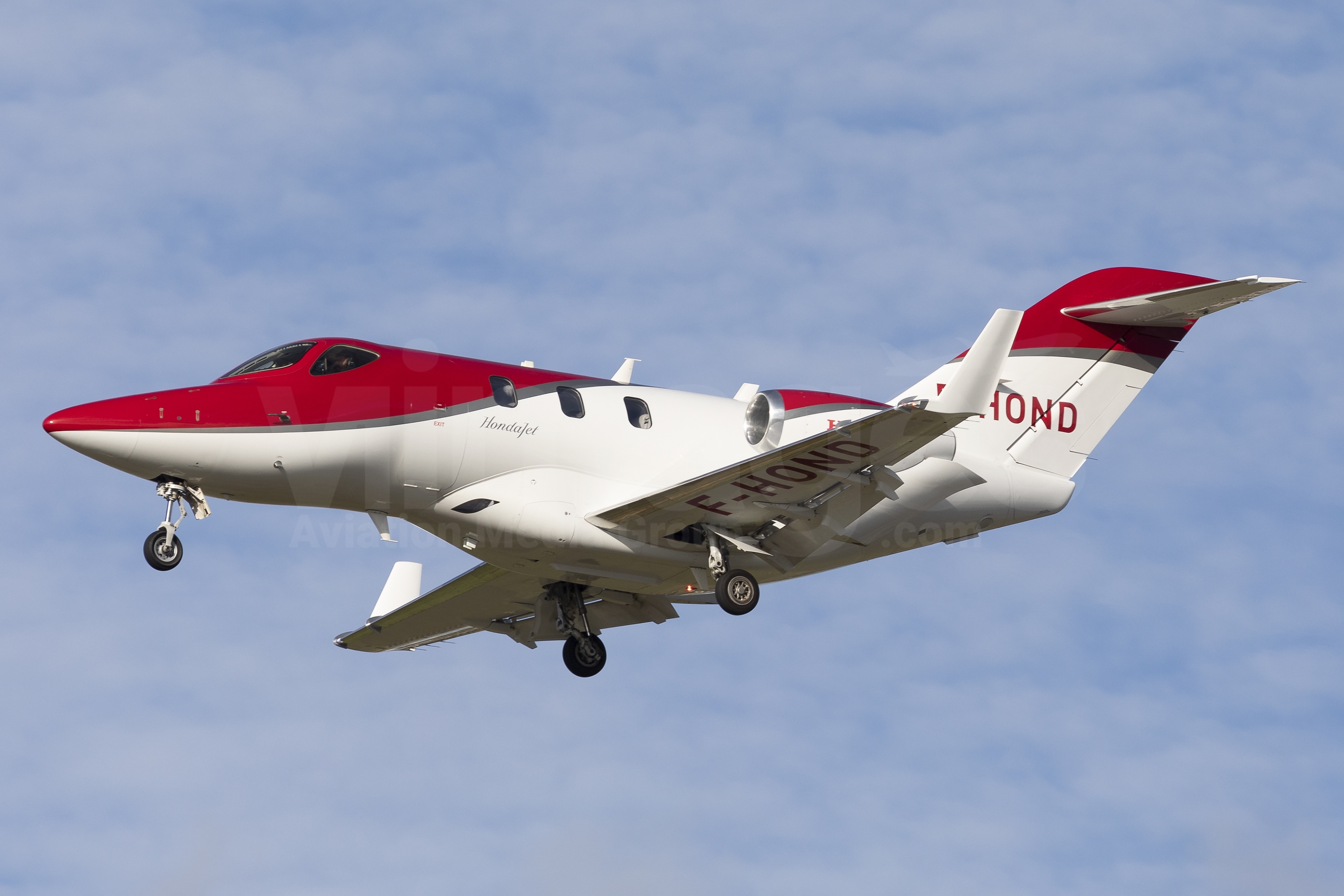
Honda delivered the first aircraft to a customer on December 23, 2015 at its global headquarters in Graceboro, North Carolina.
Aircraft Photo Of N420ha
As of April 2016, approximately 20% of the first 100 aircraft ordered were for European customers.
Honda planned to increase production to 80 units per year after March 2019. In the first three quarters of 2016, six aircraft were delivered, reaching a production rate of 36 units per year.
In 2017, 15 aircraft were produced in the first quarter, with an annual target of 55 to 60 aircraft.
After deliveries began in late 2015, the HondaJet quickly became one of the best-selling aircraft in its class.
Private Honda Ha 420 Hondajet F Hond
In July 2019, Honda Aircraft began construction of a new 82,000-square-foot, $15.5 million wing assembly center on its campus.
Range increased by 214 to 1,437 nmi (396 to 2,661 km) thanks to an additional fuel tank and aerodynamic improvements. The stabilizer's horizontal ends are slightly widened and the hinge slots are tightened, allowing ergized flow through the stabilizer without its vortex gears.
The new engine intake reduces vibration and noise in the cabin, the toilet gets a belt seat that allows a fifth occupant with the galley; Avionics enhancements to the Garmin G3000-based flight cockpit include takeoff and landing (TOLD) calculations, angle of attack protection and Flight Stream 510 functionality.

The payload of the Elite has been increased by more than 200 lb (91 kg): 107 lb (49 kg) due to reduced curb weight and 100 lb (45 kg) due to increased MTOW, while 16 US gal (61 L) more tanks for fuel for to fill unused space in the rear part of the fuselage.
File:ha 420 Honda Jet
At 9,500 pounds (4,300 kg) and a temperature of ISA+3°C, the HondaJet Elite flies at Mach 0.676 or 390 knots (720 km/h) TAS, burning 570 pounds (260 kg) per hour, which is better than book predictions.
In the same month, the HondaJet Elite flew to the 2019 National Business Aviation Association meeting using sustainable aviation fuel.
In 2020, EASA certified the HondaJet Elite for steep approaches (descent angles up to 5.5°) and for up to 8 passengers.
To upgrade some HondaJet Elite jet upgrades to pre-Elite jets, an APMG (Advanced Performance Modification Group) upgrade is available for $250,000. This includes increasing the range from 100 to 120 nm,
Honda Ha 420 Hondajet [add On]
And a 45 kg (99 lb) increase in MTOV and a 135 m (443 ft) takeoff reduction to 1,064 m (3,491 ft); this is achieved by lengthening the horizontal tailplane by several inches and removing the wing holes and vortex gears.
Avionics enhancements include takeoff and landing (TOLD) calculations, compatibility with the Flight Stream 510 wireless gateway, advanced electronic checklist, PFD angle of attack indicator and visual approaches.
On the other hand, HondaJet Elite features such as an extra fuel tank or engine intake acoustic upgrades are not available on the APMG.

On October 12, 2021, Honda unveiled the HondaJet 2600 concept at the 2021 NBAA Business Aviation Convention and Exhibition as shown in a mock-up; with a cabin for up to 11 seats, it offers a range of 2,625 nautical miles (4,862 km), a cruise speed of 450 knots (830 km/h) and a ceiling of 47,000 feet (14,000 m).
Photos: Inside The New Hondajet Elite Private Jet By Honda
The $10-12 million jet would be the longest-range single-pilot business aircraft, retaining the HondaJet configuration, stretched from 42.6 to 57.8 feet (13.0 to 17.6 m) and would have a wingspan of 56.7 feet (17.3 m), 16 ft (4.9 m) longer, with a MTOW of 17,500 lb (7,900 kg) and a takeoff distance of 3,300 ft (1,000 m), while its fuselage cross-section is more oval at higher altitude 62.5 in (1,590 mm).
The twin seat HondaJet 2600 concept is designed to test the market to assess demand before deciding to launch the program.
This new model was announced on October 17, 2022. It has improved aerodynamics and fuel capacity, providing a range of 1,547 nmi (2,865 km), a cruising speed of 422 knots (782 km/h). The new model has the Garmin G3000
Aircraft appraisal online, free aircraft appraisal, aircraft appraisal services, aircraft appraisal cost, aircraft appraisal jobs, aircraft appraisal course, aircraft appraisal training, business appraisal, rolex appraisal, appraisal software, 409a appraisal, aircraft appraisal report
